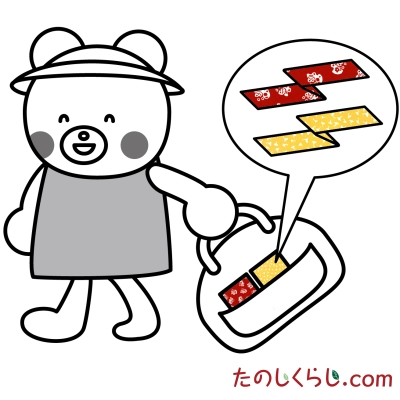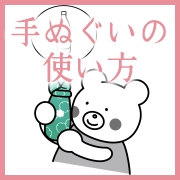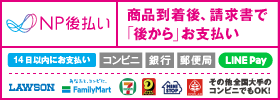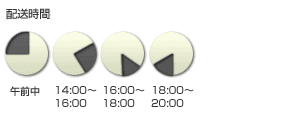手ぬぐいの使い方 その三 「旅のお供に」 <3. For a trip to onsen(hot spring)>

当時は、ガーゼや包帯などの役割から、現代のタオルや台拭や雑巾やハンカチなどの役割も担い、そのほかには縁起物としての贈答品や配り物としても使われ、本来の汗や水の吸水の目的だけでなく様々な用途の広がりをみせていきました。
ここでは、「手ぬぐいの使い方」として、現代での使い方をイラスト入りでご紹介していきます。
その三は "旅のお供に手ぬぐい" です!
かさばらずコンパクトに収まるので、カバンに2~3本入れておくと重宝します。とくに温泉旅行では欠かせません。タオル代わりに使うだけでなく、脱衣所に置いた下着の目隠しに包むのにも使えます。タオルと違って干しておけば2~3時間ぐらいで乾くので、浴場で使った手ぬぐいも翌朝には乾いてサッと仕舞えます。
旅の風情を楽しめる "旅のお供に手ぬぐい" です(^^)
In Japanese history, the tenugui (Japanese towel) was originally used approximately between 700s and 1100s A.D. (Nara & Heian era in Japan). At that time, the tenugui was only available for people of high social status, because cloth was a valuable item. After the late 1100s (during the Kamakura era), the tenugui gradually became available to commoners. In the 1600s, when cotton farming developed, the tenugui, as well as cotton fabric, became a common item for people in Japan.
Since then, tenugui usage has expanded from as a simple towel to absorb liquid to as a gauze bandage and a gift and giveaway item.
Below are some examples of how to use the tenugui during modern times (with illustrations):
<3. For a trip to onsen(hot spring)>
Having a few tenugui while travelling comes in handy. On top of that, they do not take much space in ones luggage. At an onsen, tenugui can be used as a towel and as a cover for clothes in a changing room. Because it can dry quicker than towels, tenugui used while taking a bath at night can normally be dried and ready to placed back in ones luggage by next morning.


























